Description
AI02J Система возбуждения DCS ABB
CC – Link и другие. Каждый слот IO может быть выбран автономно в соответствии с потребностями клиента, а один модуль поддерживает до 16 каналов.
Технологии основаны на инновацияхAI02J Предоставление клиентам высококачественных и надежных продуктов всегда было постоянным стремлением к нулю.
Давайте посмотрим на его инновации и различия с предшественниками: с жидкокристаллическим дисплеем, вы можете увидеть параметры связи, состояние канала IO,
информацию о версии модуля и так далее; AI02J Отладка и обслуживание более интуитивно понятны; ABS огнестойкая пластиковая оболочка, небольшой размер,
легкий вес, с использованием совершенно новой пряжки монтажной карты, установка более прочная и надежная.
user experience
Secondly, if power system engineers are to consider the convenience and speed of using the product in the future, operability needs to be improved while ensuring stability.
This requires a simple self-service system and an operation interface with good visual effects that can meet the needs of users. Some operating habits and other aspects
* cut costs
Furthermore, since there are many nodes in the power system, the same product needs to be deployed on many nodes. Then when the quantity of required products increases,
cost issues will inevitably be involved. How to solve the research and development, construction and installation of products and better reduce operating expenses is also a major issue that ABB needs to consider.
Implementation of communication between Omron vision system and ABB industrial robot
introduction
In modern production processes, vision systems are often used to measure and identify products, and then the results are transmitted to industrial robots for work
through communications . In this process, communication settings are very important. This article analyzes the communication implementation process between the Omron
FH-L550 vision system and ABB industrial robots. The main task is to enable the vision system to provide data detection results for ABB industrial robots, and the industrial robots
perform related operations based on the data results. This article mainly discusses the entire process of visual system communication transmission implementation.
1Ethernet-based communication settings in vision software
The main communication methods of Omron FH-L550 vision system controller are as follows [2], namely: parallel communication, PLCLINK communication, Ethernet
communication, EtherCAT communication, and protocol-free communication. These five communication methods have their own characteristics in the communication process.
In modern equipment, Ethernet communication
(Ethernet communication) is the most common, so this article uses the Ethernet communication method as an example to analyze and explain.
First, select the “Tools” option in the main interface, select the “System Settings” menu (Figure 1), after entering the “System Settings” menu, click the “Startup Settings” option,
and select the “Communication Module” tab (Figure 2 ), after completing the above settings, return to the main interface to save the settings (Figure 3). Finally, select the function
menu to perform system restart settings, and wait for the system to complete the restart before proceeding to the next step.
After the system restarts, click the “System Settings” menu again and select the “Ethernet (No Protocol (UDP))” option (Figure 4). In this option, there will be parameter settings
such as IP address and port. What needs to be noted here are the two IP address parameters. The parameters in “Address Setting 2” need to be filled in. The information that needs
to be filled in includes the IP address of the vision controller, subnet mask, default gateway and DNS server.
In the port number setting of “Input/Output Settings” at the bottom of the menu, set the port number for data input with the sensor controller. Note that the port number should
be the same as the host side, and finally complete the settings and corresponding data saving work.
2ABB industrial robot communication settings
First, configure the WAN port IP address for the ABB industrial robot. Select the control panel in the teach pendant, then select configuration, then select communication in
the theme, click IPSetting, set the IP information and click “Change” to save the IP information.
Next, use the SocketCreate robot command to create a new socket using the streaming protocol TCP/IP and assign it to the corresponding variable (Figure 5). Then
use the SocketConnect command to connect the socket to the remote computer. After the communication connection is completed, it is necessary to send and receive
information from the visual system. To send information, use the SocketSend instruction to send data instructions to the remote computer. After the vision system collects
information and makes judgments, the industrial robot system will receive data from the remote computer. The data reception is completed using the
SocketReceive instruction. This instruction stores the data in the corresponding string variable while receiving the data. Useful information needs to be extracted from the
received data information, which requires StrPart to find the specified character position instruction, extract the data at the specified position from the string, and assign the
result to a new string variable. Finally, when the socket connection is not in use, use SocketCloSe to close it.
Excitation system ABB module 3HAC3319-1
Excitation system ABB module 3HAC3243-19
Excitation system ABB module 3HAC3180-1
Excitation system ABB module 3HAC2810-1
Excitation system ABB module 3HAC2776-1
Excitation system ABB module 3HAC2566-2
Excitation system ABB module 3HAC2493-1
Excitation system ABB module 3HAC2206-1
Excitation system ABB module 3HAC2148-1
Excitation system ABB module 3HAC2132-1
Excitation system ABB module 3HAC1852-2
Excitation system ABB module 3HAC1852-1
Excitation system ABB module 3HAC18100-1
Excitation system ABB module 3HAC17992-1
Excitation system ABB module 3HAC17971-1
Excitation system ABB module 3HAC1790-1
Excitation system ABB module 3HAC17757-7
Excitation system ABB module 3HAC17757-6
Excitation system ABB module 3HAC17757-5
Excitation system ABB module 3HAC17757-4
Excitation system ABB module 3HAC17757-3
Excitation system ABB module 3HAC17757-2
Excitation system ABB module 3HAC17756-7
Excitation system ABB module 3HAC17756-6
Excitation system ABB module 3HAC17756-5
Excitation system ABB module 3HAC17756-4
Excitation system ABB module 3HAC17756-3
Excitation system ABB module 3HAC17756-2
Excitation system ABB module 3HAC17755-1
Excitation system ABB module 3HAC17753-1
Excitation system ABB module 3HAC17751-1
Excitation system ABB module 3HAC17750-1
Excitation system ABB module 3HAC17746-3
Excitation system ABB module 3HAC17746-2
Excitation system ABB module 3HAC17745-1
Excitation system ABB module 3HAC17744-1
Excitation system ABB module 3HAC17734-1
Excitation system ABB module 3HAC1768-1
Excitation system ABB module 3HAC17582-1
Excitation system ABB module 3HAC17484-9/02
Excitation system ABB module 3HAC17484-8108
Excitation system ABB module 3HAC17484-7/03
Excitation system ABB module 3HAC17484-10/00
Excitation system ABB module 3HAC17400-1
Excitation system ABB module 3HAC17374-2
Excitation system ABB module 3HAC17372-2
Excitation system ABB module 3HAC17371-3
Excitation system ABB module 3HAC17346-1/01
Excitation system ABB module 3HAC17346-1/01
Excitation system ABB module 3HAC17326-1/02
Excitation system ABB module 3HAC17326-1/02
Excitation system ABB module 3HAC17326-1
Excitation system ABB module 3HAC17200-5
Excitation system ABB module 3HAC17176-1
Excitation system ABB module 3HAC17158-1
Excitation system ABB module 3HAC17156-1
Excitation system ABB module 3HAC17155-1
Excitation system ABB module 3HAC17154-1
Excitation system ABB module 3HAC17153-1
Excitation system ABB module 3HAC17152-1
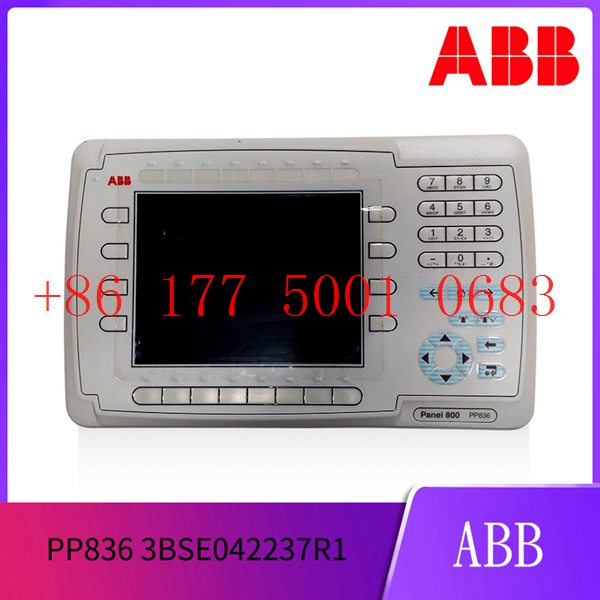
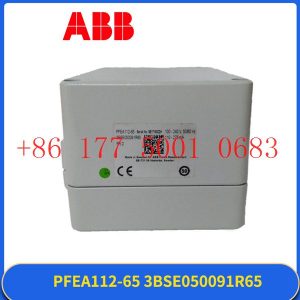
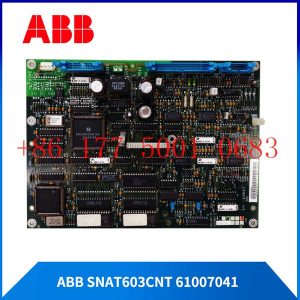
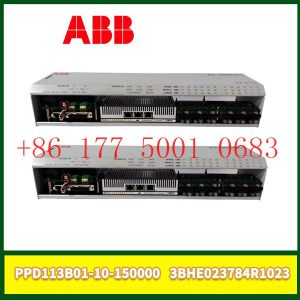
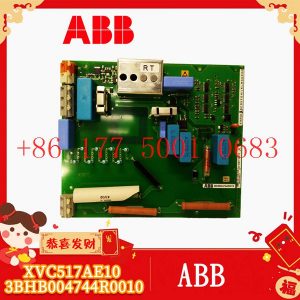




Reviews
There are no reviews yet.